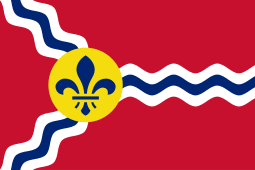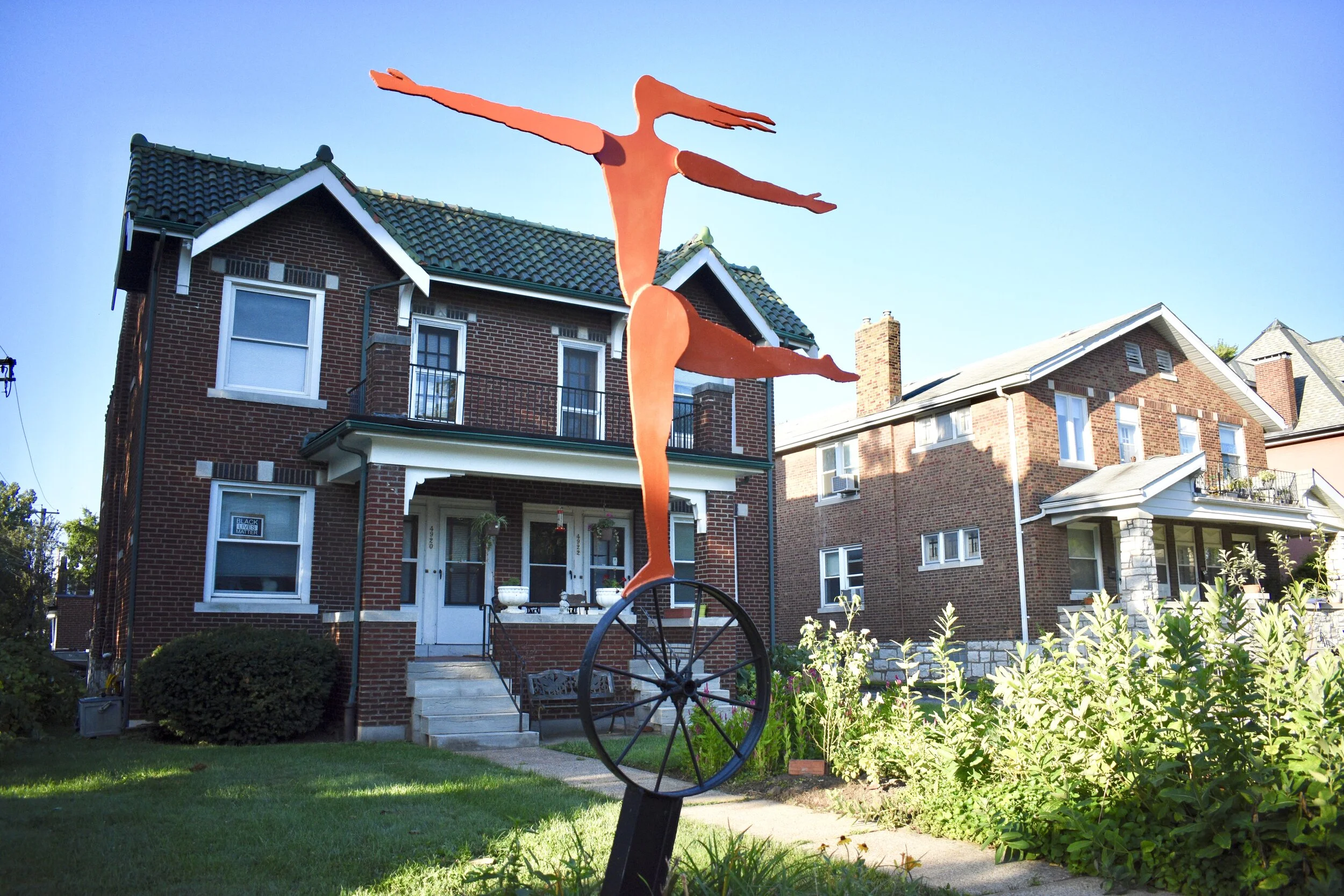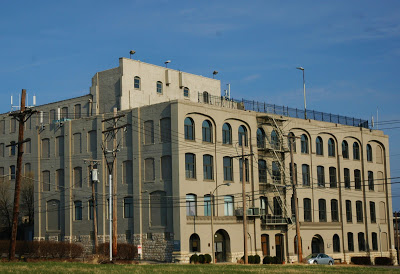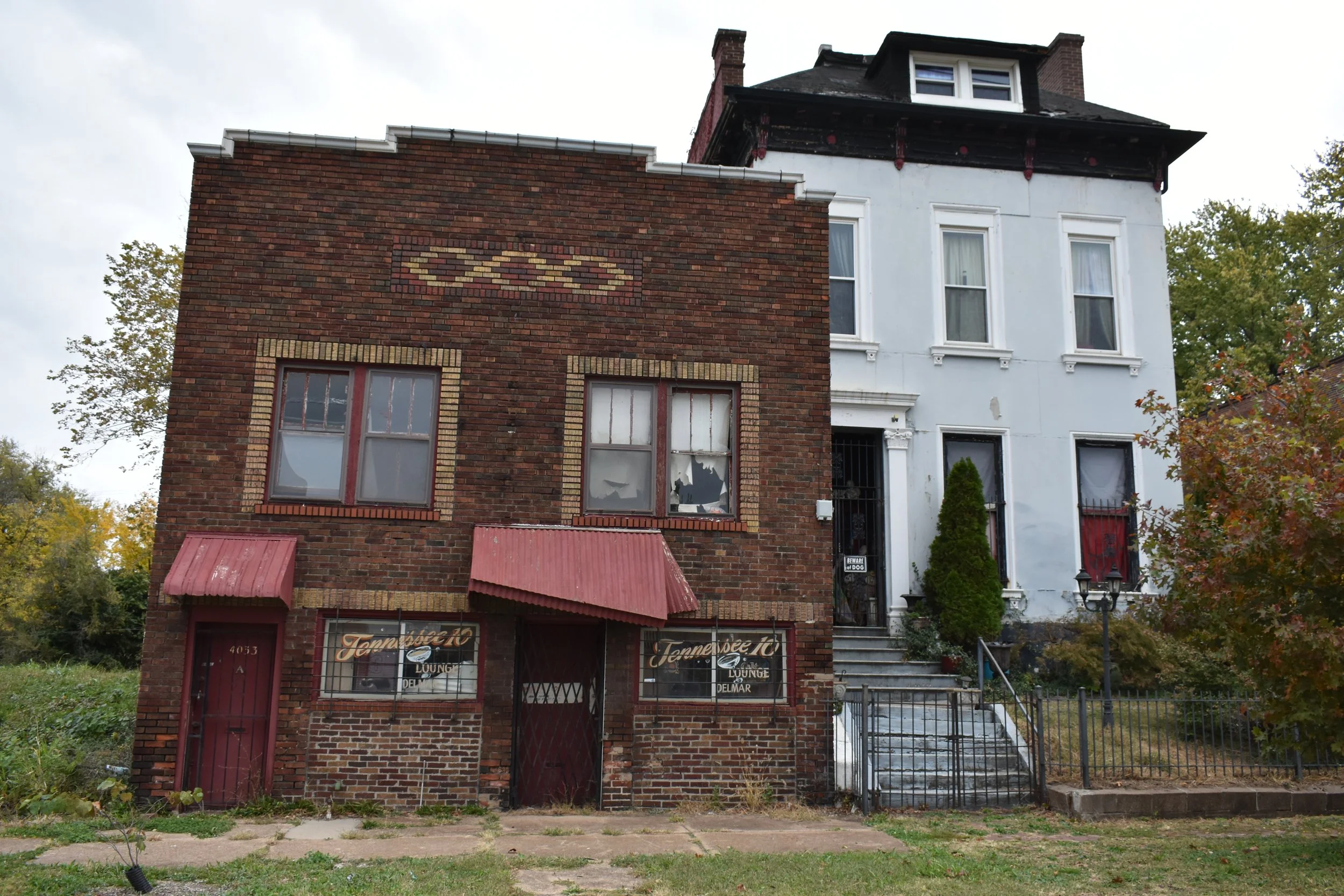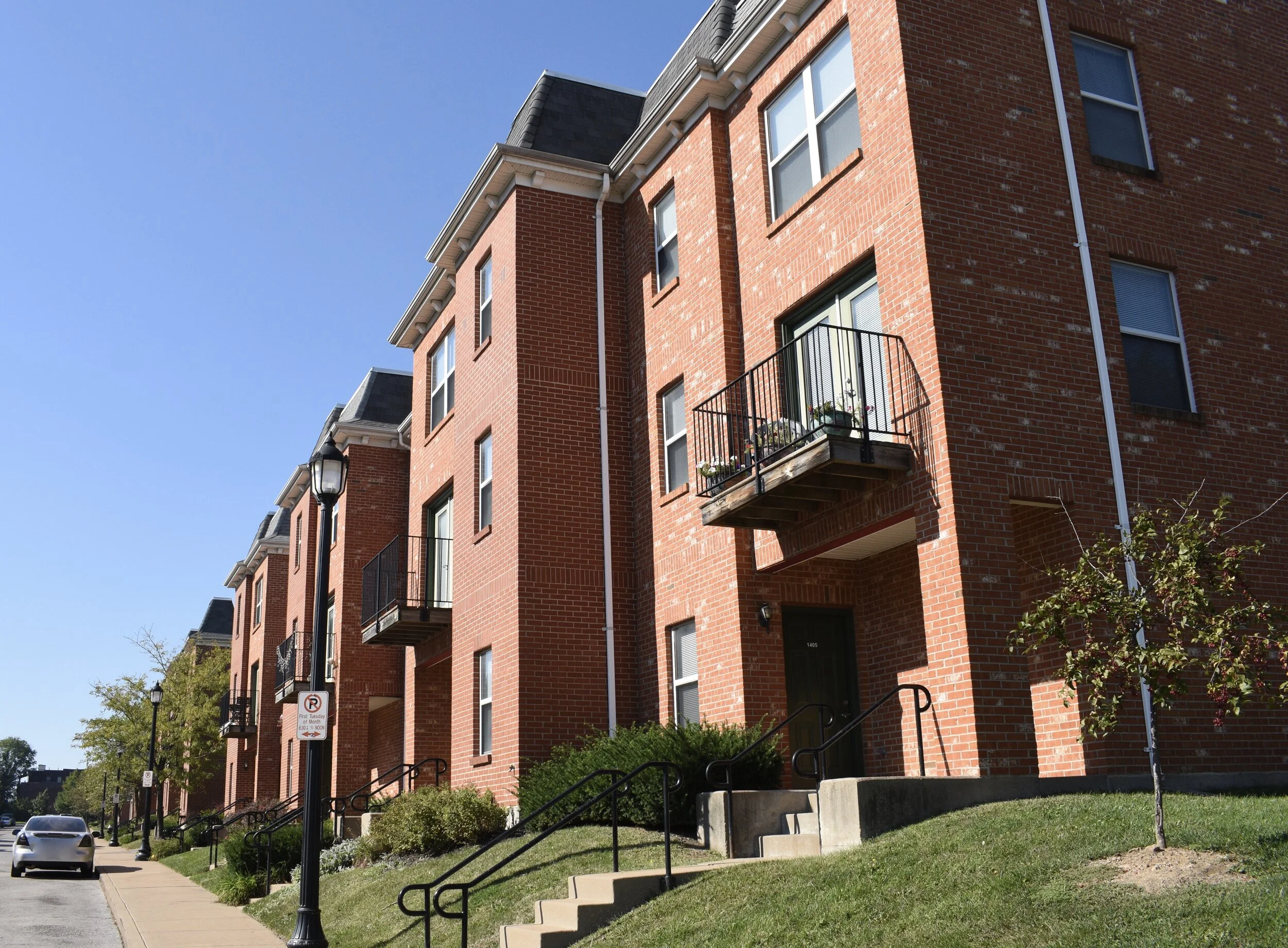Public art is one of the things that makes our city great. Without a doubt, it's great to see new sculpture popping up all over the city. The most recent installment I discovered is the Plastic(k) Pavilion at Blaine and Thurman in
the Botanical Heights neighborhood
.





This amazing work of art is billed as a "shade structure":
“This shade structure is a good representation of our neighborhood because it’s half finished” announced Nancy Symeonoglou, president of the Botanical Heights Neighborhood Association at last night’s grand opening of the nearly completed Plastic(k) Pavilion, a shade structure which will complement the incoming playground at Thurman and Blaine in Botanical Heights.
Symeonoglou’s statement refers to the opportunity and momentum for future development activity in the area. Botanical Heights has seen recent activity in development as well as infrastructure improvements, decreased crime, and large community involvement in projects such as the Plastic(k) Pavilion and the Botanical HeightsCommunity Garden and Orchard across the street. However, there is also room for future development on vacant lots and boarded up homes. TheGarden District Commission as well as UIC + CDO have been working to stimulate more development projects in the area, starting with the Botanical Grove development, until the entire neighborhood is occupied.
The design of the Plastic(k) Pavilion was developed by a Washington University graduate architecture class led by Professor Ken Tracey along with community input, addressing safety concerns and preferences on appearance. Students are constructing the structure as well and should be complete in the next few weeks. Residents are currently organizing to find funding and designers for the playground that will be constructed adjacent to the Plastic(k) Pavilion. (source)
Wow! Wow! Wow! And here are some shots of the community garden across the street at Folsom and Thurman. It's complete with a fruit tree orchard, native prairie planting and several raised beds.





Congrats to the fine folks of Botanical Heights, Washington University and Gateway Greening for the wonderful progress. Keep it up!
